Northern Ireland’s Natural Wonders
My 10 days in Ireland had stops in Dublin, a city rich in history and friendly as can be, Galway and Killarney. A wonderful day trip to the Aran Islands and Cliffs of Moher through Galway and the opportunity to chase sheep in the Gap of Dunloe via Killarney were both amazing experiences. Rounding out my trip was a day tour out of Dublin to Northern Ireland to explore UK's Carrick-a-Rede Rope Bridge and Giant's Causeway. Unfortunately, there wasn’t time to make it down to Cork and Limerick was a bit too remote to enjoy (rode hours on a bus to the middle of nowhere just to turn back around the following morning).
The United Kingdom, composed of England, Scotland, Wales and Northern Island, is an island nation in northwestern Europe. Ireland itself is divided between the Republic of Ireland, officially named Ireland, covering most of the island, and Northern Ireland, which is part of the UK. Ireland was partitioned in 1921, the was a result of centuries of conflict between the Catholic Irish people and the British, who were overwhelmingly Protestant. Regardless of conflict, Northern Ireland boasts some of the most spectacular coastal views and landscapes including UNESCO World Heritage Site, Giant’s Causeway and the Causeway Coastal Route, dubbed one of the top five road trips in the world.
Favorite places to visit in Ireland
Contents
Admire the Dark Hedges
Cross Carrick-a-Rede Rope Bridge
Explore Giant's Causeway
Admire the Dark Hedges
The very last day in Ireland was reserved for an excursion to the UK’s Northern Ireland. A tour to Giant's Causeway began in Dublin costing €46.85 via Giant's Causeway Tours. At 6:30 a.m. about 50 of us met at Molly's Statue and boarded a huge bus (definitely too large of a group but my only option last minute). About an hour into the trip we stopped for snacks and a bathroom break and then continued on.
Our first stop was the Dark Hedges in Ballymoney, where scenes from Game of Thrones were shot. This gorgeous tunnel of beech trees was planted in 1775 by homeowner, James Stuart, to create an imposing approach. Today, about 90 of the 150 trees still stand; some having been lost due to poor health or weather.
The trees were truly gorgeous but felt quite eerie standing underneath, especially with the damp weather a foggy grounds.
With only a few moments to capture photos, I stayed behind the crowd to get a few. After the Dark Hedges, we carried on to the Carrick-a-Rede Rope Bridge which turned out to be my favorite of the day.
Cross Carrick-a-Rede Rope Bridge
The bridge at Carrick-a-Rede was built over 350 years ago in 1755 by fisherman searching for wild Atlantic salmon but is now managed by the National Trust.
A popular stop along the Causeway Coastal Route, the bridge is located on the North Coast of Northern Ireland, near the village of Ballintoy.
The bridge stretches across the waters, connecting the mainland to Carrick-a-Rede Island and was meant to reduce the need for boats. Sadly, due to pollution and overfishing, the last salmon were caught here in 2002.
The current bridge is one with wire ropes and a Douglas fir deck that was installed in 2008. It spans a 65 foot gorge and is suspended almost 100 feet above sea level.
The surrounding area felt completely isolated and undisturbed. The landscape was unspoiled and full of bright blues and vivid greens. We walked along the edge of the cliff toward the bridge for about 15 or 20 minutes; it was impossible to walk more than a few feet without stopping to enjoy the view.
As we got closer to the bridge, we formed a single file line and began to cross one-by-one. It wasn't terribly scary but the bridge did sway as the wind blew. On the opposite side, there's a tiny platform used as a lookout point toward the ocean. After landing foot on the island, you must turn around and head back the same way you came.
Crossing the bridge does offer stunning views of the coastline, including views of Rathlin Island and Scotland.
Once back on the mainland, I rushed toward the gift shop near the entrance. Inside, there were a handful of wonderful items: bars of chocolate fudge and a lovely recycled wool blanket made from end-cuts of yarn. And with that, it was time to head back. The day had been perfect; so sunny and gorgeous. I couldn't have asked for more.
Back on the bus we stopped for a quick lunch and then were off. It's also important to note that Northern Ireland is split from Ireland and is part of the United Kingdom, however, they have an open border, so it's not necessary to get a visa or worry about passports. There wasn’t even a checkpoint.
Explore Giant's Causeway
About 15 minutes by bus was Giant's Causeway, the final destination. I'll admit after Googling images of the Causeway it was a bit disappointing in real life. It just didn't feel as grand as the images made it out to be. That being said, it was still very interesting.
Giant's Causeway is made up of 40,000 interlocking basalt columns resulting from an ancient volcanic eruption. In 1986 it was declared a UNESCO World Heritage Site. Most of the columns are hexagonal in shape and can be used as steps to explore the area. Just watch how close you get to the edges, security will shout at you to return to a safer area if you get too close.
The Causeway has become quite popular, especially since it's Visitor Center was built in 2012. But most people don't realize you can enter the site on your own through the tunnel on the right hand side. It isn't necessary to enter the Visitor Center and pay the €12 fee. Once through the tunnel, the walk toward the columns is about 15 minutes. They also offer buses going back and forth in case you need a lift.
As it often doesn’t, the weather didn't hold out and by the time I reached the columns it began to sprinkle. Thank goodness I packed an umbrella and coat for the dreary weather.
What an incredible experience and well worth the trip. After an hour of exploring, I climbed back up toward the bus to meet the group and we were off toward Dublin. Note, make sure to keep track of time because your tour bus will leave without you to keep on schedule.













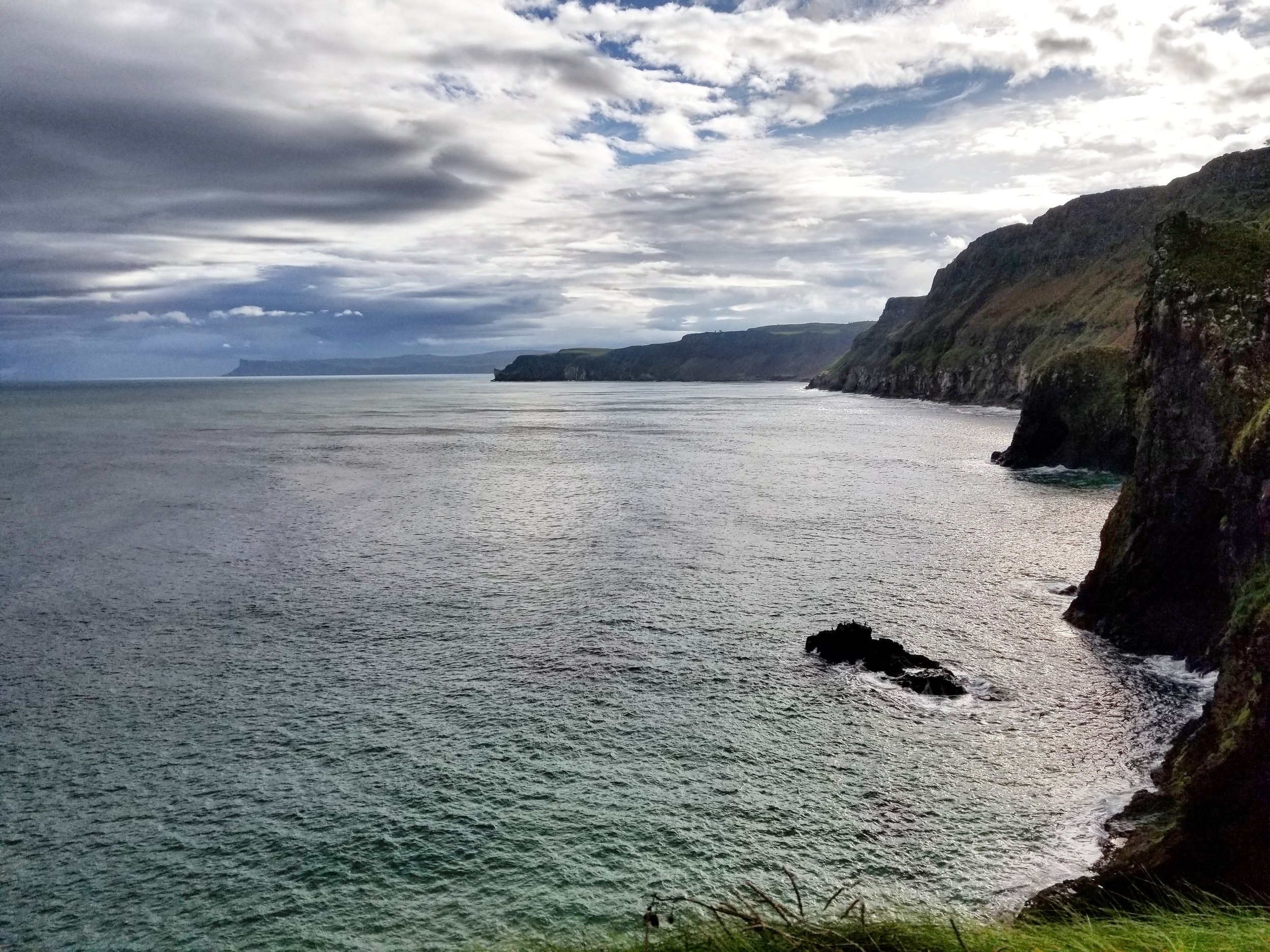







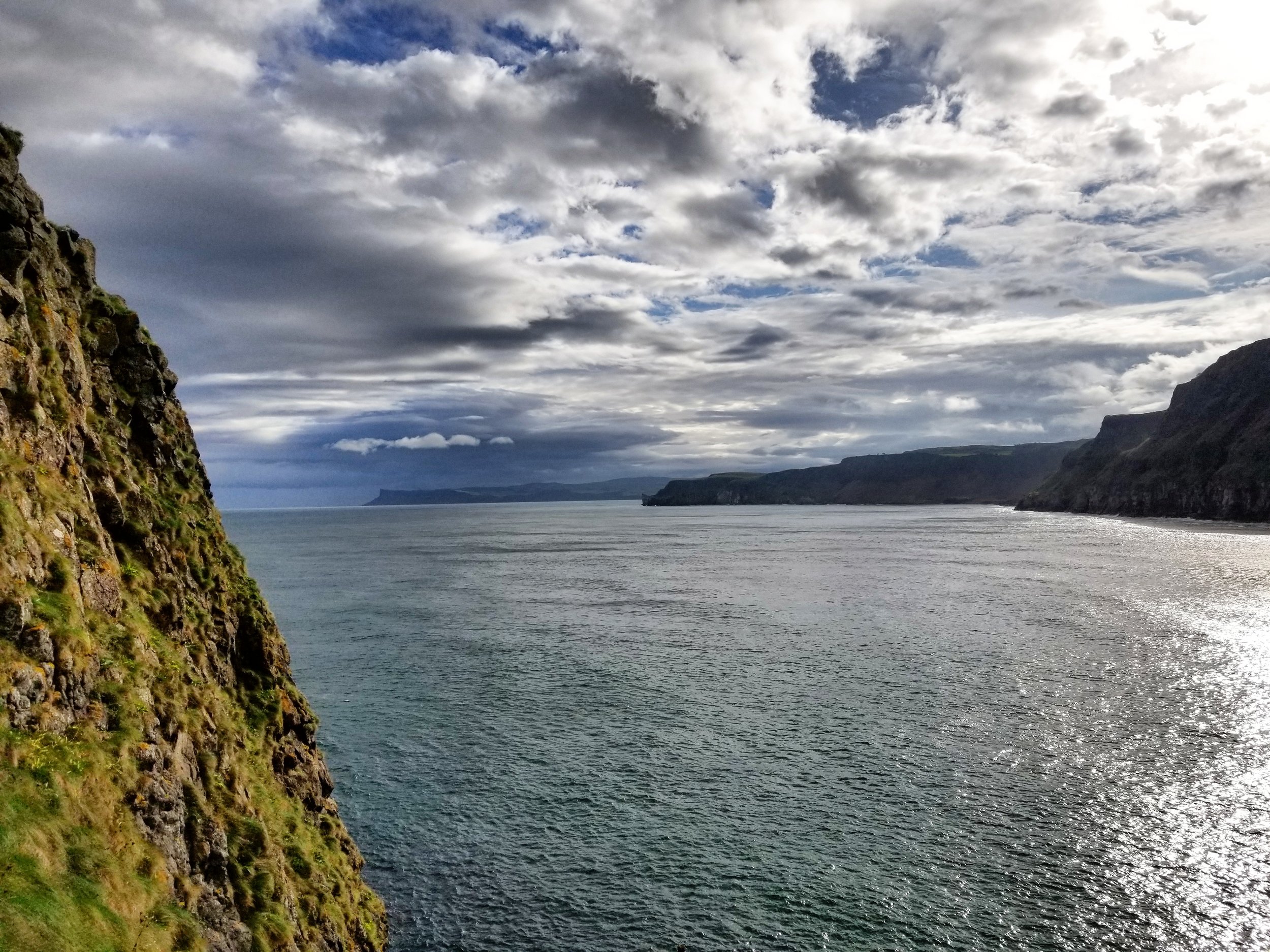
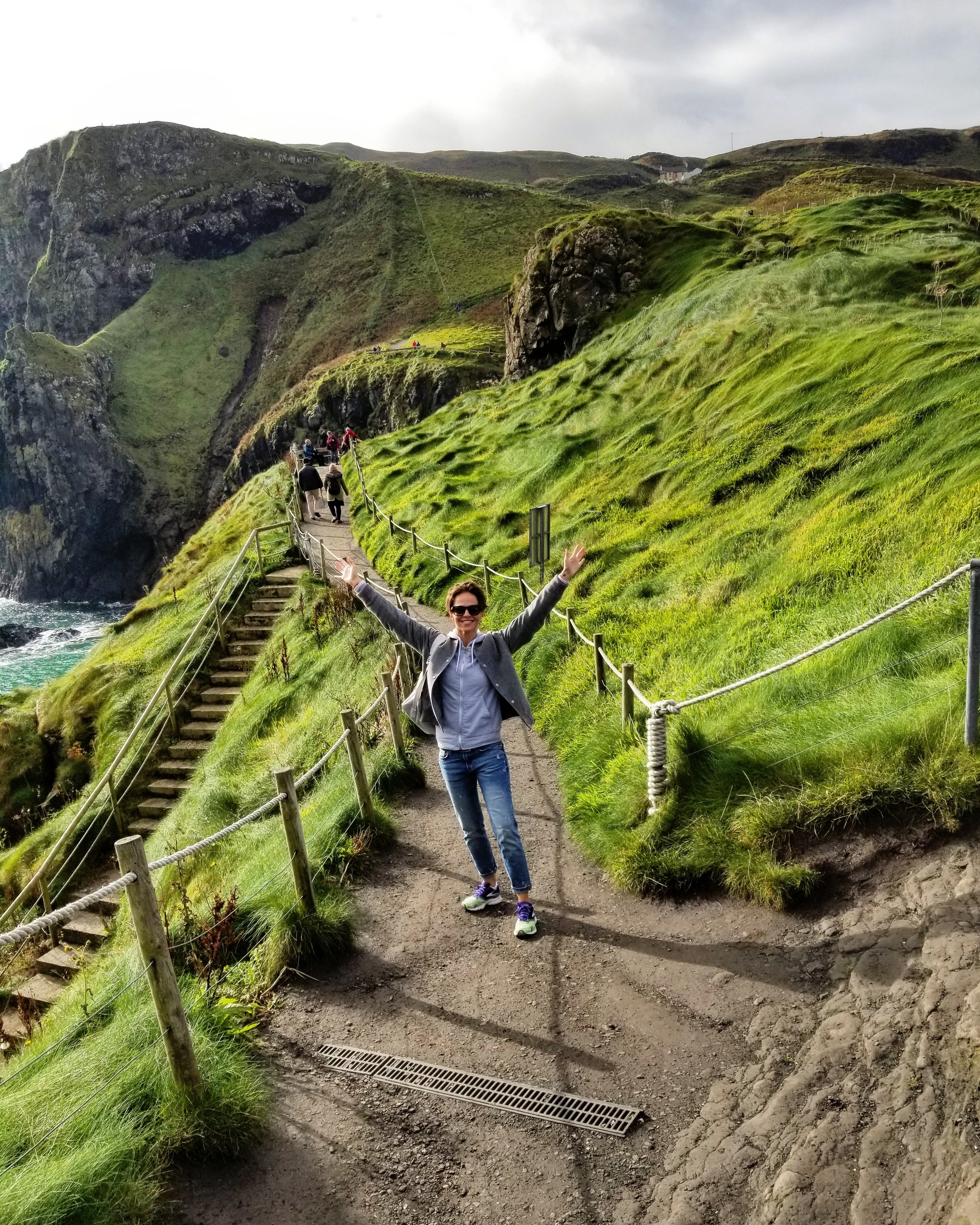

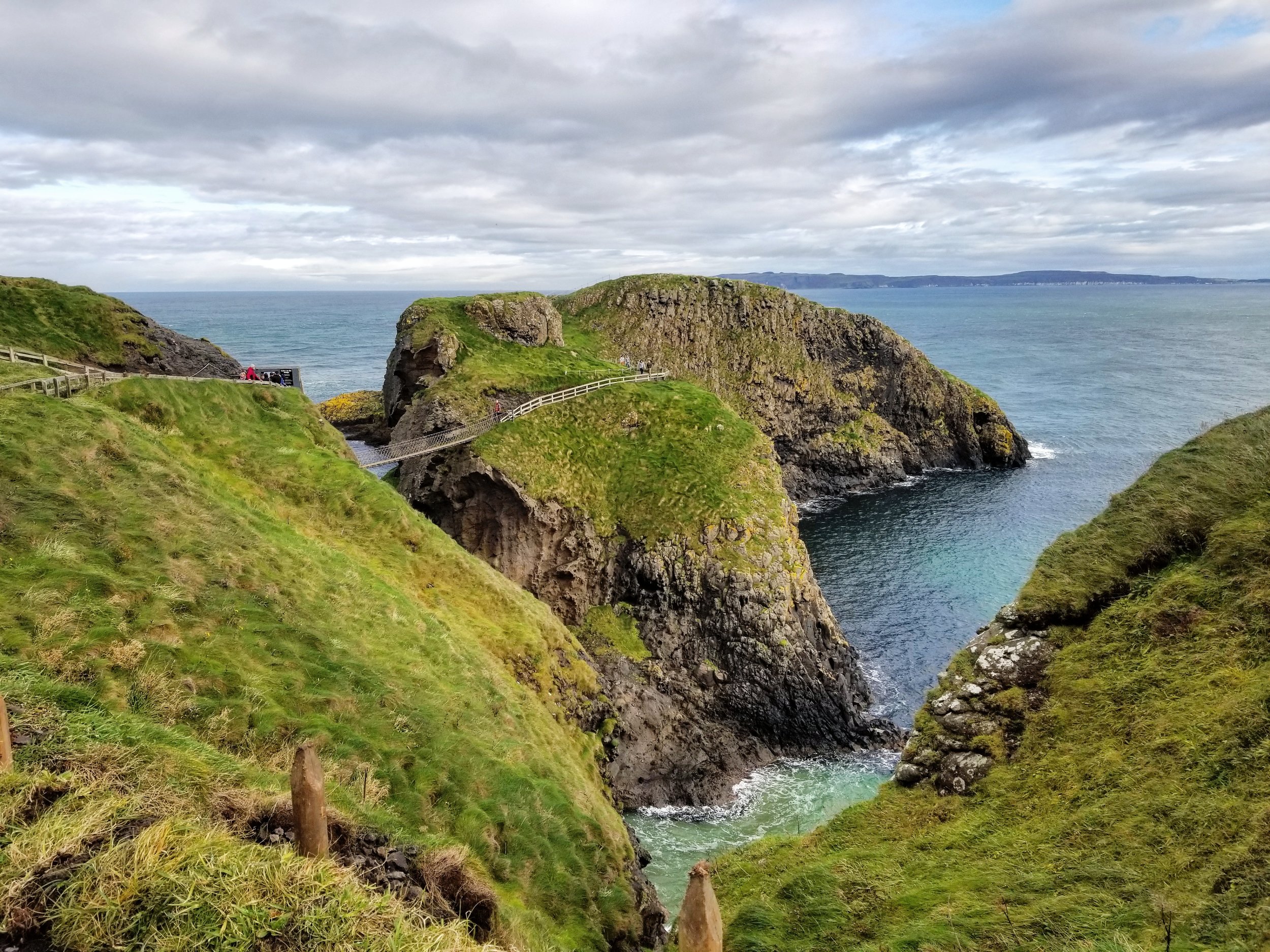





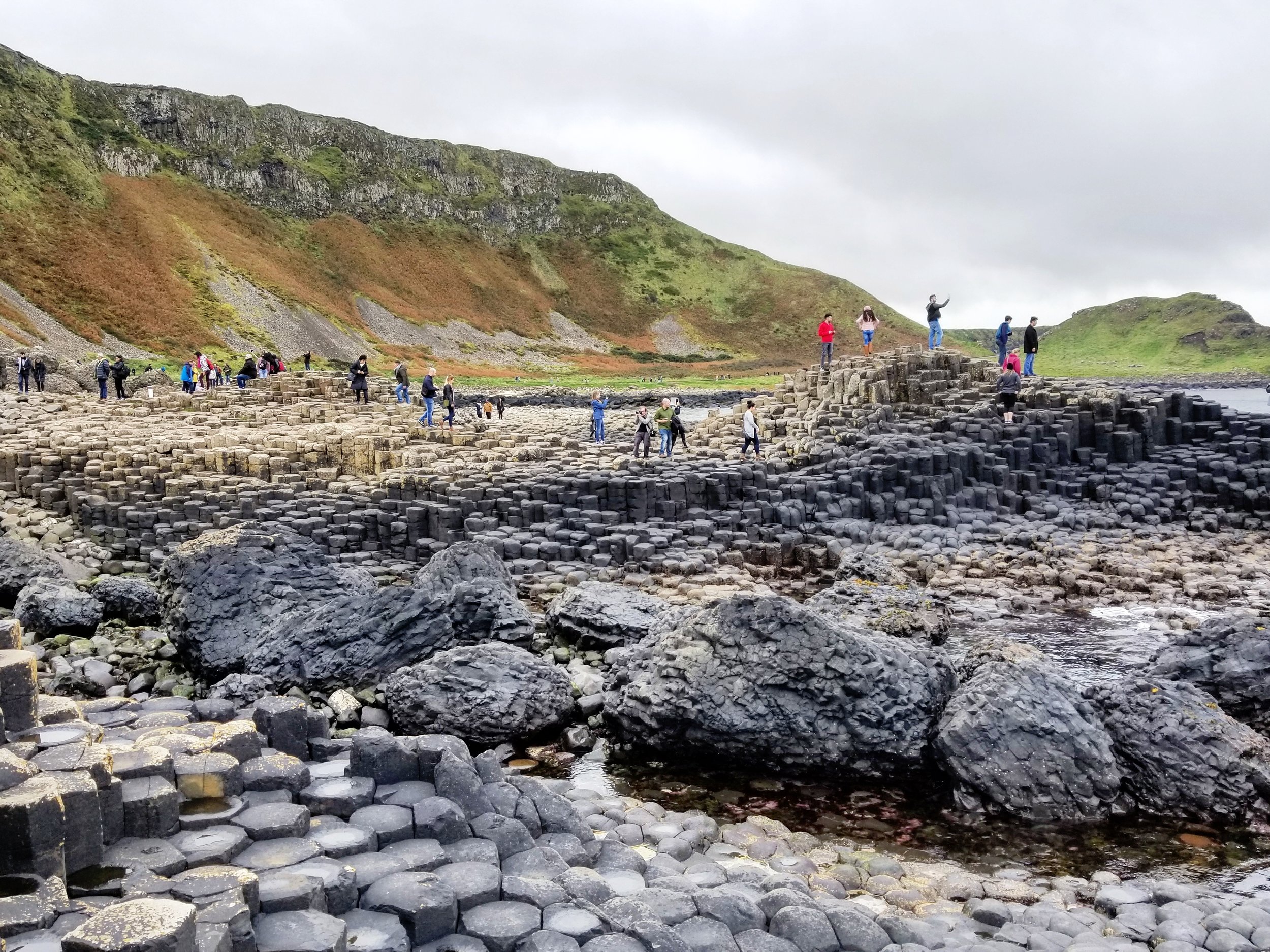

Known as the “Best Kept Town” in Ireland, Killarney is small and charming. It’s home to some of the most undisturbed landscape in the country, including the Ring of Kerry, a 111 mile circular route in southwestern Ireland.